14 Ways To Tell If Your Vintage And Antique Glassware Are Worth A Lot Of Money
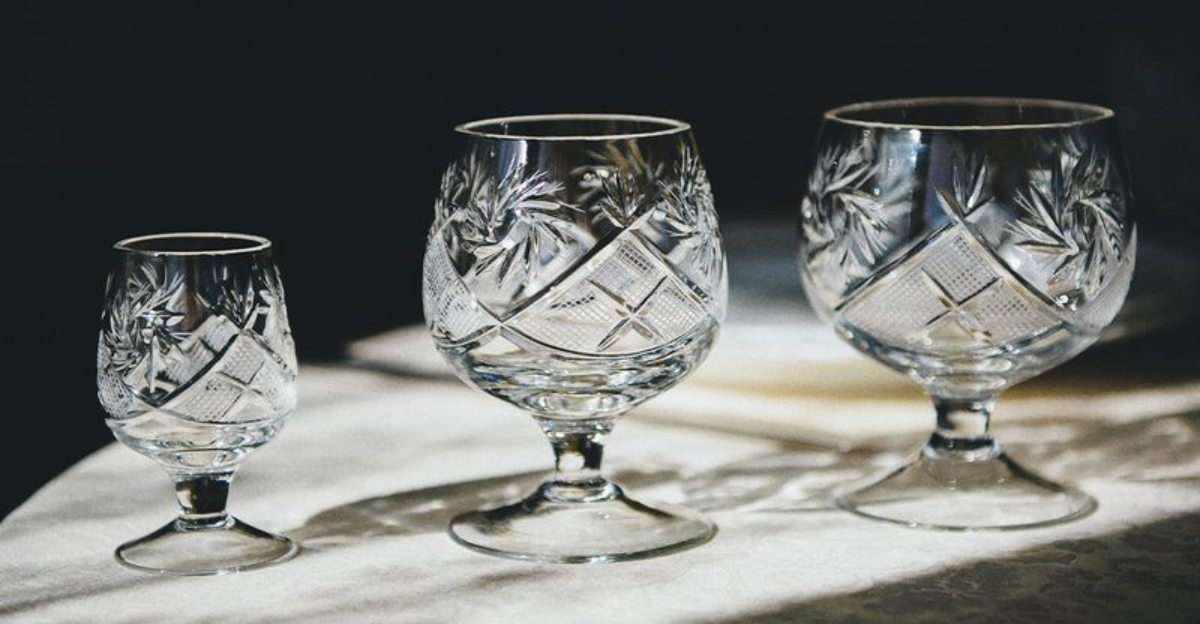
Ever wondered if that dusty old glass bowl in your cupboard is a priceless treasure or just a fancy soup dish? Unlock the secrets of vintage and antique glassware valuation with our humorous yet surprisingly insightful guide!
We’re diving into 14 unique ways to determine if your glass pieces are worth a fortune—or just sentimental value.
From the eerie glow of uranium glass under blacklight to the telltale marks of legendary makers, each method brings you one step closer to solving the mystery of your collection. Think of it as a thrilling treasure hunt, minus the pirates (unless you count your sneaky relatives eyeing your heirlooms).
Whether you’re a seasoned collector or a curious newbie, this guide turns glassware inspection into an exciting adventure. You’ll learn how to spot rare patterns, feel for the perfect weight, and even perform the “ping test” (spoiler: if it sings like a crystal, you might be onto something).
So grab a magnifying glass, channel your inner detective, and let’s uncover the hidden riches hiding in your kitchen—because you might just be sipping from a small fortune!
1. The Glow Test – Do They Shine Like a Ghost?
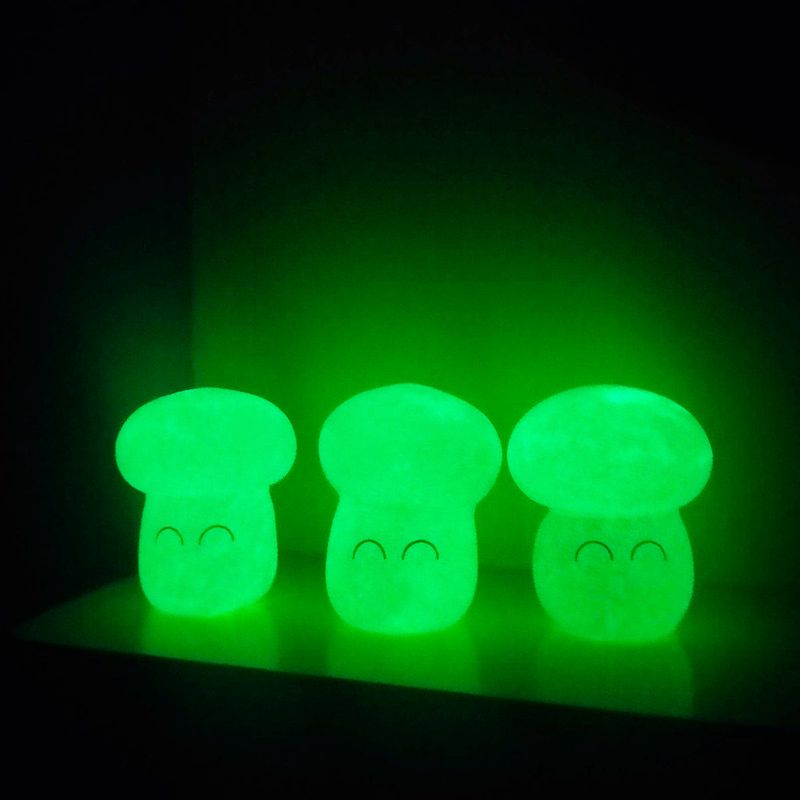
Imagine wandering into a dark room with your prized glassware, armed with a blacklight.
Suddenly, it lights up like a ghost at a Halloween party! If your glass glows an eerie green, you might have uranium glass—a collector’s dream. This type of glass is mildly radioactive but don’t fret; it’s more likely to give you financial gains than superpowers.
The glow test is not just a spooky party trick – it’s a gateway to identifying valuable antique pieces. So, grab a blacklight and let your glassware shine like the stars!
2. The “Who Made You?” Investigation
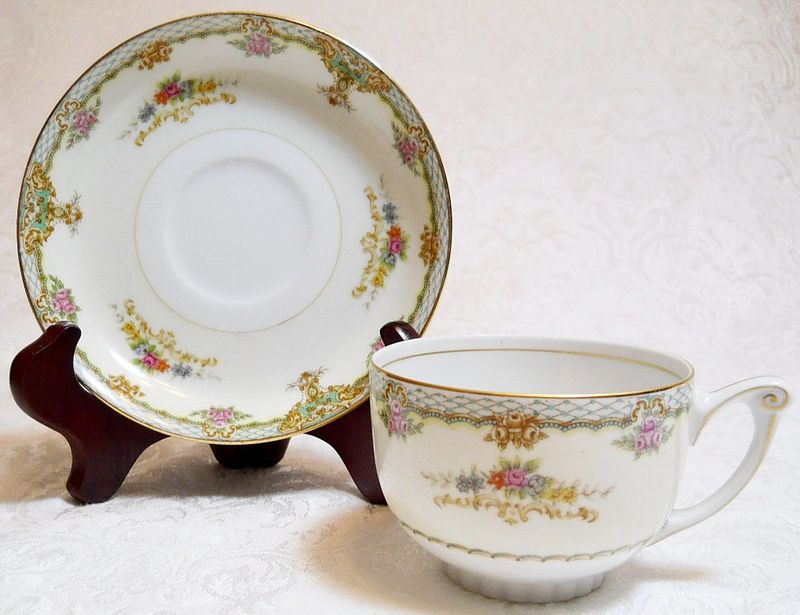
Turn your glassware upside down and embark on a ‘Who Made You?’ investigation.
A maker’s mark is like a golden ticket in the antique glass world. Names like Tiffany, Fenton, or Waterford might as well come with a cha-ching sound effect. These marks indicate esteemed craftsmanship and can substantially increase the value.
However, if you find a ‘Made in China’ sticker, it’s best to keep the piece for display rather than auctions. Identifying the maker is a foundational step in assessing the worth of your glassware collection.
3. Feel the Weight – Chunky is Pricey
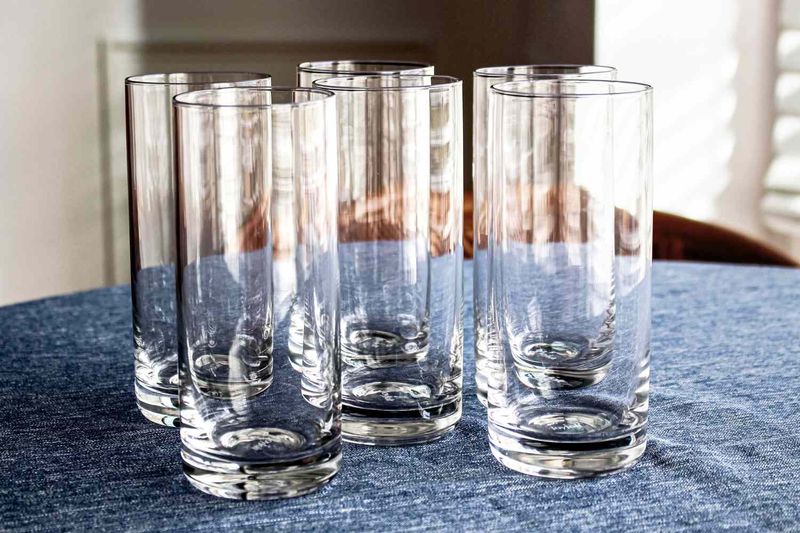
Lift your glass piece and evaluate its weight.
Good antique glass feels like it has a Ph.D. in sophistication—heavy and unyielding. This weightiness often signifies quality, as older pieces were crafted with thicker glass. Conversely, if it feels light as a feather, it might just be a dollar store fraud in disguise.
Trust your biceps; the heavier the glass, the higher its potential value. Feeling the weight is a tangible way to gauge the authenticity and worth of your vintage glassware, making it an effortless yet effective test.
4. Bubbles, But Not the Fun Kind
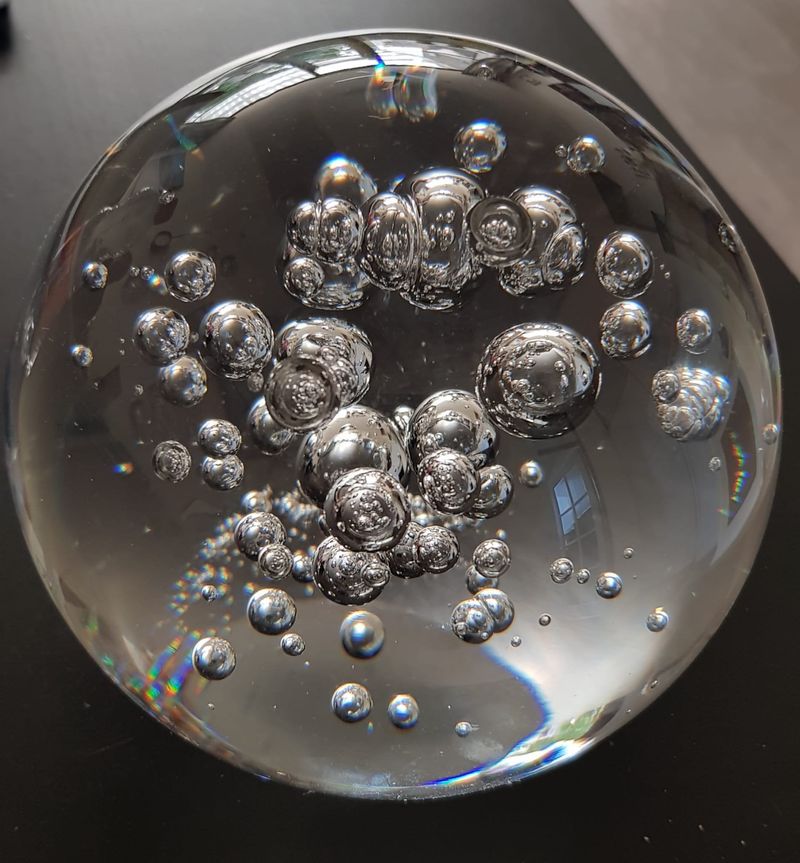
Peer closely into your glassware; those tiny bubbles are more than just air—they’re history captured in glass!
Hand-blown pieces often have small bubbles, a charming sign of age and artisanal craftsmanship. But beware, if it resembles a fizzy soda, it’s likely a mass-produced imposter. The presence of these bubbles can indicate an antique’s authenticity, offering a glimpse into the glass’s creation.
Bubbles are not just imperfections – they’re stories frozen in time, enhancing the glass’s charm and potential value. So, next time, embrace the bubbles!
5. Pressed vs. Cut Glass – The Finger Test
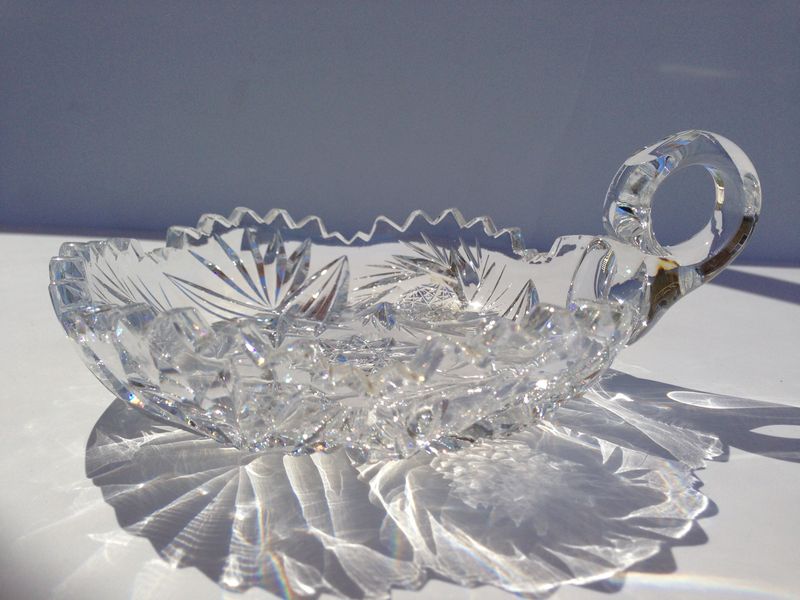
Run your fingers over your glassware’s surface, but gently—this isn’t a stress ball.
If the pattern feels sharp, almost daring you to slice a finger, you’ve likely got valuable cut glass. It’s like the difference between a handcrafted masterpiece and a factory-made print. On the other hand, smooth as a baby’s cheek? That’s pressed glass, still charming but not as valuable.
This tactile test can distinguish between the everyday and the extraordinary. Remember, when it comes to glass, sharpness can be akin to richness, so let your fingers be the judge!
6. Color Matters – The Rarer, The Richer
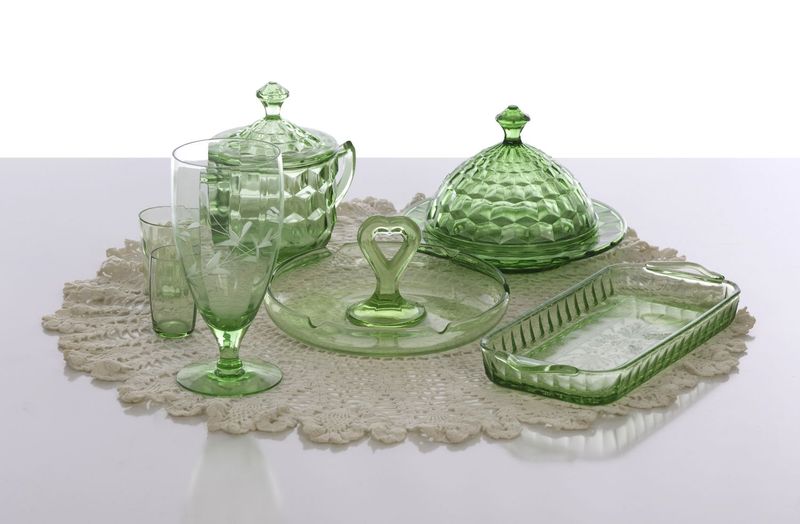
Color in glassware is like currency in the antique world.
The brighter and rarer, the better! Shades such as ruby red, cobalt blue, and jadeite green are akin to a pot of gold under the rainbow. These colors suggest rarity and desirability, making them highly sought after.
On the contrary, murky shades might not catch collectors’ eyes or their wallets. Assessing the color can provide insights into the piece’s age and origin, transforming a simple hue into a value indicator. So, let your glassware paint a portrait of prosperity!
7. The “Can You Hear Me Now?” Test
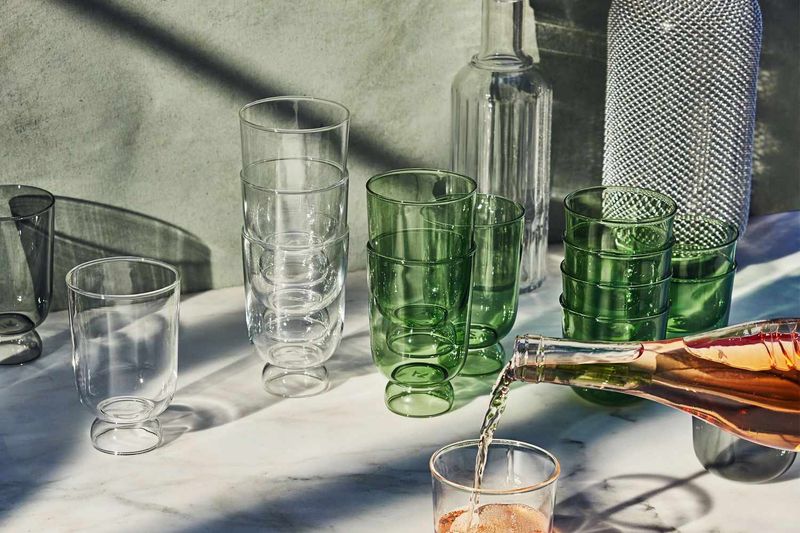
Tap your glassware and listen closely. If it sings like a choir, you might be holding fine crystal—music to any collector’s ears.
This resonant ring is a sign of quality and craftsmanship, distinguishing crystal from ordinary glass. However, if it sounds more like a dull thud, it’s likely just regular glass, pleasant but not profitable.
The sound test is an auditory delight, helping to classify your collection with a simple tap. So, next time you’re unsure, let your glassware express itself through the universal language of sound!
8. Signed by the Artist? Jackpot!
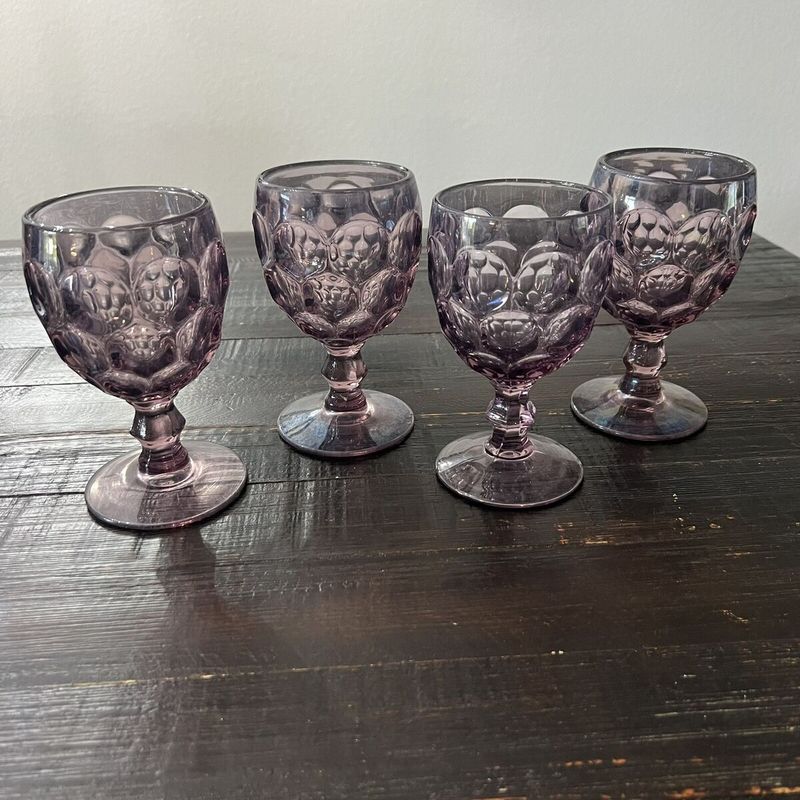
Check the base of your glassware for an etched signature – it’s like discovering a celebrity autograph!
Artists like Lalique or Daum leave their mark, turning ordinary glass into extraordinary treasures. A signature indicates authenticity and exclusivity, often translating to higher values. It’s the art world’s version of a VIP pass. Finding such a signature can elevate the piece’s status and demand.
So, if your glass bears the artist’s touch, hold onto it; you might just have a masterpiece masquerading as glassware! Celebrate the art in every etch!
9. The “Limited Edition” Factor
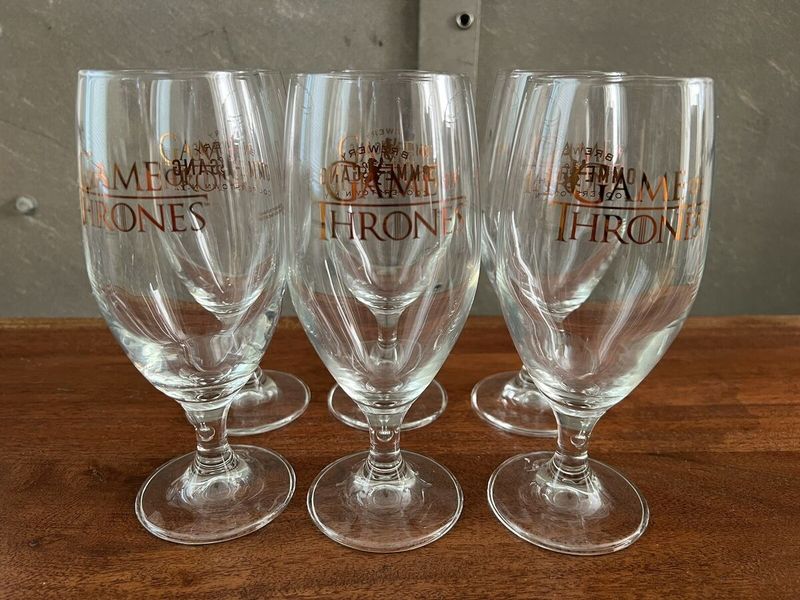
Limited editions in glassware are like rare comic book issues—coveted and valuable.
If your piece has a limited edition label or number, it’s an instant winner in the rarity stakes. Fewer pieces often mean higher value, creating a sense of exclusivity among collectors. This factor adds allure beyond aesthetics, as rarity often dictates desirability.
Limited editions can turn ordinary items into sought-after collector’s pieces, reminiscent of treasures found only in fairy tales. If your glassware boasts this factor, you’re in possession of a tangible rarity!
10. Condition Is Everything
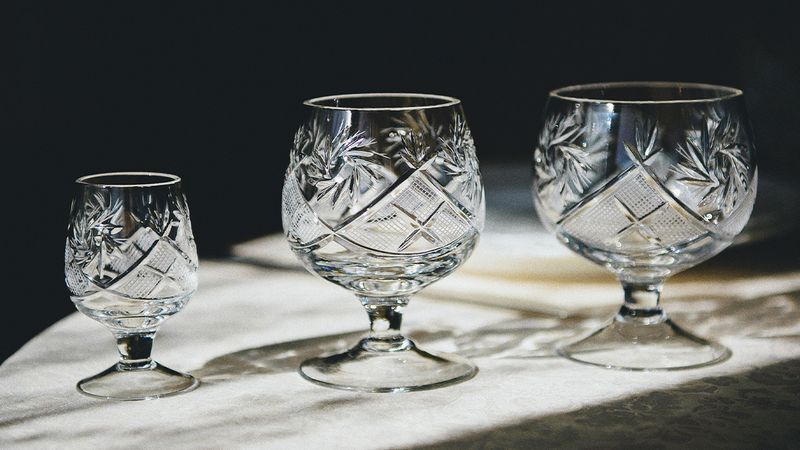
Examine your glassware with the scrutiny of a detective. A perfect piece is your ticket to high value, while chips and cracks spell disaster.
Collectors seek pristine conditions as imperfections drastically lower worth. A small chip isn’t just a blemish – it’s currency lost, while a crack is the end knell for potential profits. Maintaining your glassware in top condition is crucial, transforming it from mere decor to a valuable asset.
So, handle with care, polish regularly, and keep chips at bay to ensure your collection’s worth remains intact.
11. Age Before Beauty – How Old is It?
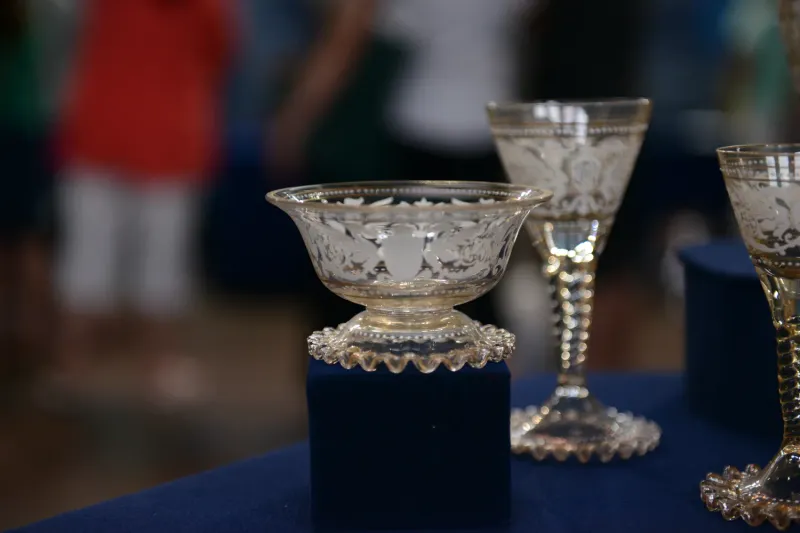
Age is not just a number; it’s a currency in the antique world.
The older your glassware, the more valuable it may be, especially if it’s pre-1900s. Pieces from this era often carry historical significance and meticulous craftsmanship. Mid-century modern designs also fetch good prices, offering a glimpse into recent past elegance.
Recent productions, however, are likely to be mere decor. Identifying the age provides a timeline of value, where every decade adds allure. So, treasure those years, for they might just turn your glassware into gold!
12. Patterns That Make Collectors Lose Their Minds
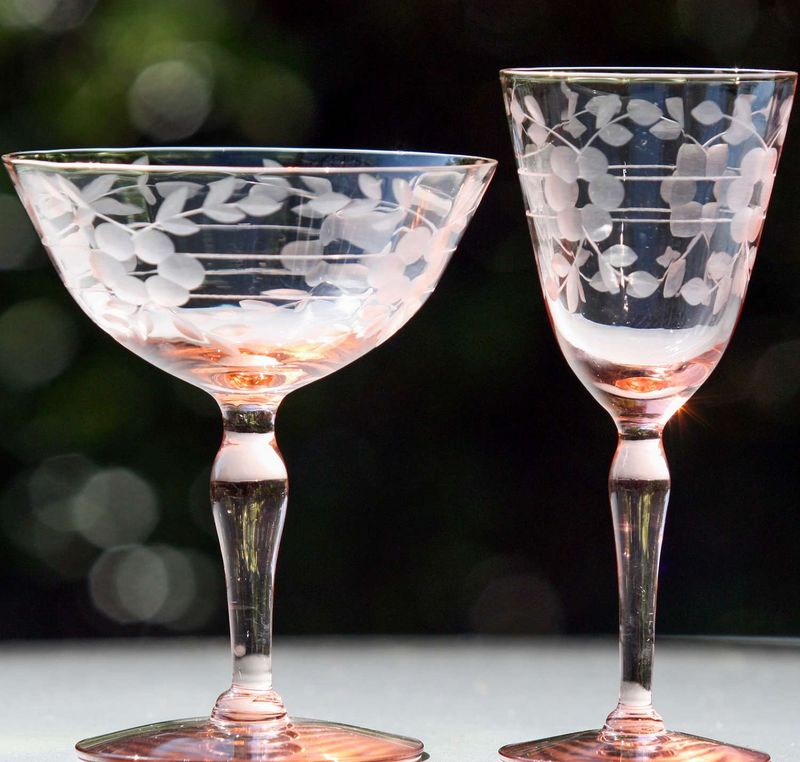
Patterns in glassware are like secret codes to collectors.
Certain designs can make enthusiasts swoon, especially Depression-era patterns like “Cherry Blossom” and “American Sweetheart.” These patterns are not just aesthetic choices – they are historical imprints, carrying immense value. Collectors relish these designs, as they are emblematic of specific eras and craftsmanship.
Having such patterns can elevate your glass’s appeal and worth, making it a prized possession. Recognizing these patterns is akin to unlocking hidden treasures, where each swirl and motif tells a story of its own.
13. Popularity Contest – Are People Actually Buying It?
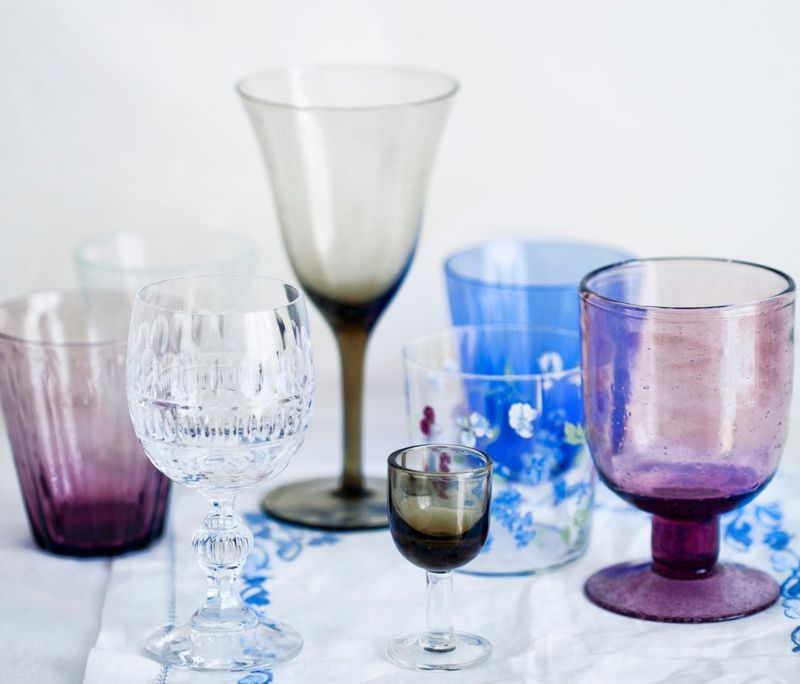
Check the glassware market like a savvy investor.
Even rare pieces must be in demand to fetch high prices. Browse auction sites like eBay or Heritage Auctions to see if similar items are attracting bids. Popularity is a key element in determining value; after all, what’s the use of rarity without interest?
This strategy ensures you’re not just holding onto a pretty piece but a potential goldmine. Monitoring market trends provides a financial forecast for your collection, aligning rarity with demand for optimal returns.
14. The Expert Opinion – When in Doubt, Call a Pro
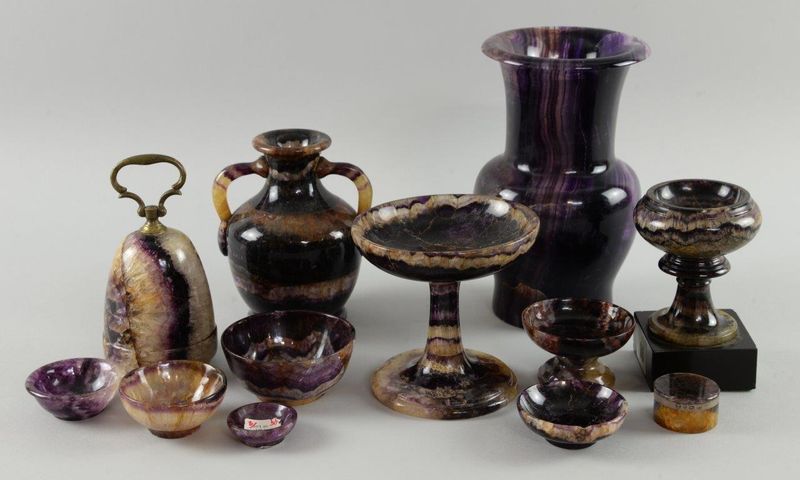
Consulting an expert is like having a GPS for your glassware’s value journey.
When uncertain about your piece’s worth, turn to antiques appraisers or reputable auction houses. Their expertise can distinguish between a dinner party centerpiece and a collector’s treasure. An expert opinion not only validates your findings but can reveal hidden facets or histories of your glass.
This step adds credibility to your valuation, ensuring your collection’s potential is met. So, when in doubt, let a professional guide you through the intricate world of antique glass.
